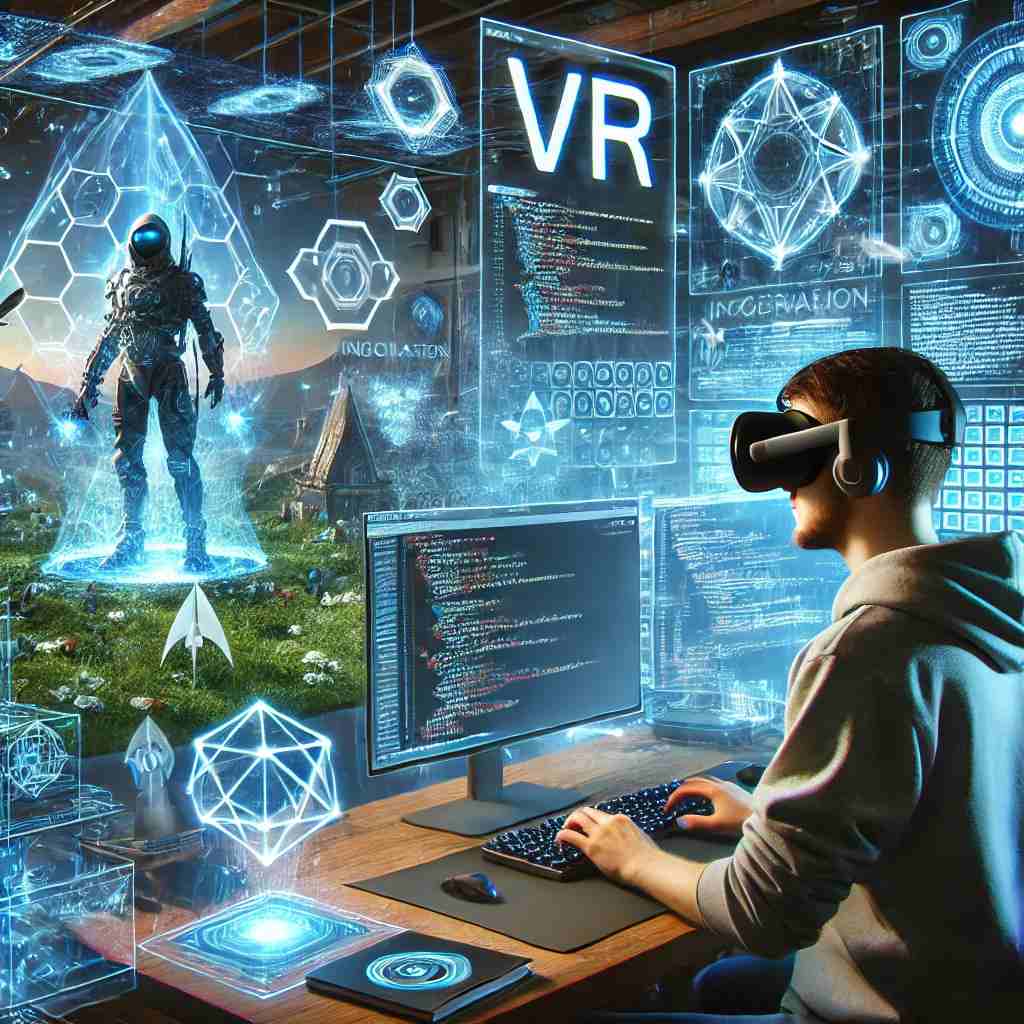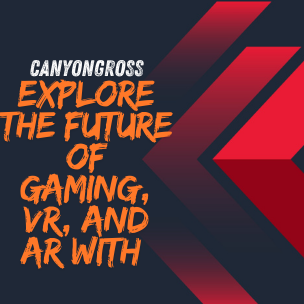Introduction
Virtual Reality Software Development involves creating interactive, immersive 3D experiences using specialized software and hardware. From gaming and entertainment to training and simulations, VR technology is reshaping various industries. This article explores VR software development, its key components, applications, challenges, and future trends. From gaming and entertainment to training and simulations, VR technology is reshaping various industries, supported by advanced VR development software that powers these innovations.
What is Virtual Reality Software Development?
Virtual Reality software development refers to the process of designing and developing digital environments that users can interact with in a fully immersive way. Developers use programming languages, game engines, and 3D modeling tools to create these virtual spaces. VR experiences are accessed through head-mounted displays (HMDs) such as Oculus Rift, HTC Vive, or PlayStation VR.
Key Components of VR Software Development
1. VR Hardware
- Head-mounted displays (HMDs)
- Motion tracking sensors
- Haptic feedback devices
- Controllers
- VR gloves
2. Software Development Tools
- Game engines (Unity, Unreal Engine)
- 3D modeling software (Blender, Autodesk Maya)
- Programming languages (C#, C++, Python)
- VR SDKs (Oculus SDK, SteamVR SDK)
3. User Interaction Mechanisms
- Gesture recognition
- Voice commands
- Eye-tracking
- Haptic feedback
Applications of VR Software Development
1. Gaming and Entertainment
VR gaming offers immersive experiences, making players feel like they are inside the game world. Popular VR games include Beat Saber, Half-Life: Alyx, and Resident Evil 4 VR. Platforms like Beat Saber and Half-Life: Alyx showcase how canyongross.com gaming and similar ecosystems are pushing the boundaries of immersive play, offering users reality-like adventures in the digital world.
2. Training and Simulations
- Medical Training: VR allows medical students to practice surgeries in a risk-free environment.
- Military Training: Simulated battlefields help soldiers prepare for real-world combat situations.
- Aviation Training: Pilots use VR simulators to practice flight maneuvers.
3. Education and Learning
VR enhances learning by providing interactive experiences. Students can explore historical events, conduct virtual science experiments, and practice problem-solving in realistic environments. These tools not only engage students but also encourage them to explore the virtual future canyongross, where interactive education becomes limitless.
4. Real Estate and Architecture
Architects and real estate agents use VR to create virtual property tours, allowing clients to explore buildings before construction or purchase.
5. Healthcare and Therapy
VR is used for pain management, phobia treatment, and rehabilitation. VR therapy helps individuals with PTSD, anxiety, and physical impairments. Such innovations highlight the rise of reality adventures canyongross, where VR therapy blends immersion with healing practices.
6. Retail and E-commerce
Businesses use VR for virtual shopping experiences, allowing customers to try products before purchasing.
Challenges in VR Software Development
1. High Development Costs
Creating high-quality VR applications requires advanced hardware, skilled developers, and significant investment.
2. Motion Sickness and Comfort Issues
Some users experience nausea and dizziness due to VR’s immersive nature. Developers must optimize frame rates and reduce motion lag to improve comfort.
3. Hardware Limitations
VR requires powerful computers or consoles to run smoothly, making it expensive for consumers.
4. Lack of Standardization
Different VR platforms have varying software requirements, making cross-platform development challenging.
5. Content Creation Complexity
Developing realistic 3D environments with interactive elements requires expertise in multiple disciplines, including coding, 3D modeling, and UX design. As more platforms like canyongross VR AR revolutionizing online dating emerge, developers must ensure experiences remain authentic, scalable, and technically optimized.
Future Trends in VR Software Development
1. Wireless and Standalone VR Headsets
Advancements in hardware are making VR more accessible, with standalone headsets like Oculus Quest eliminating the need for external computers.
2. AI-Powered VR Experiences
Artificial Intelligence (AI) enhances VR by enabling smarter interactions, adaptive environments, and realistic character behaviors.
3. Enhanced Haptic Feedback
Next-generation VR gloves and suits will improve touch-based interactions, making virtual experiences more lifelike.
4. 5G and Cloud VR
Faster internet speeds will enable cloud-based VR applications, reducing hardware requirements and expanding accessibility.
5. Mixed Reality (MR) Integration
The combination of VR and Augmented Reality (AR) will create new possibilities in gaming, training, and business applications. By combining VR and AR, platforms are revolutionizing interactions canyongross, creating hybrid spaces for gaming, training, and even personal connections.
FAQs
1. What programming languages are used in VR software development?
C#, C++, and Python are commonly used for VR development, depending on the game engine and platform.
2. What is the best VR development platform?
Unity and Unreal Engine are the most popular platforms due to their robust VR support and extensive developer communities.
3. How long does it take to develop a VR application?
Development time varies depending on complexity. Simple applications may take a few months, while complex VR games or simulations can take years.
4. What are the main challenges of VR software development?
High development costs, motion sickness issues, hardware limitations, and content creation complexity are major challenges.
5. Is VR development a good career choice?
Yes, VR development is a rapidly growing field with increasing demand across gaming, healthcare, education, and training industries.
Conclusion
Virtual Reality software development is transforming industries by providing immersive, interactive experiences. While challenges such as high costs and hardware limitations exist, advancements in AI, 5G, and haptic technology are making VR more accessible and powerful. As the industry evolves, developers will play a crucial role in shaping the future of virtual experiences. Whether for gaming, education, healthcare, or business, VR is a field with limitless possibilities.

